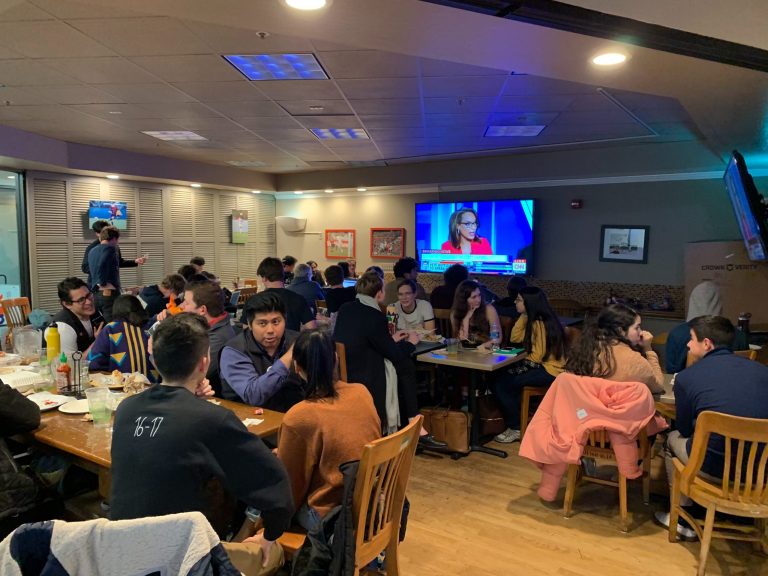As the Democratic primary gets underway, two student groups, Cardinal for Warren and Stanford Students for Bernie, are working to advocate for their preferred candidates in and out of the Stanford community.
Stanford Students for Bernie tables often at White Plaza, hosts phone banks every Sunday and canvasses in East Palo Alto and North Fair Oaks every Saturday. The group has around 100 undergraduate and graduate students on its mailing list and seven to 10 students who canvass every week.
Cardinal for Warren, which has 45 to 50 active members — and more on its mailing list — hosts watch parties and phone banks every Thursday. With the support of the larger Warren campaign, the group also canvasses for Warren in Redwood City. Recently, graduate members of the group headed to Nevada to get more people on the ground for Warren ahead of the Nevada caucuses.
Chloe Stoddard ’21, president of Cardinal for Warren, said the group started in August when the Warren campaign contacted her and a couple of other students on campus about working with the campaign. The students started a group chat, and Cardinal for Warren became the first organized group for a political candidate on campus.
“The Warren campaign has been so helpful,” Stoddard said, adding that several Stanford alumni work for the campaign, including its California state director Nicole DeMont ’13. All of them are enthusiastic about getting current Stanford students involved, Stoddard said.
The group’s leadership is also actively brainstorming ways to have maximum impact while still being compatible with students’ busy schedules, especially those of undergraduates, who often have a less flexible schedule than graduates.
“We have tabled, but we’re trying to be more strategic,” she said. “How do we structure engagement in a way that’s manageable?”
Unlike Cardinal for Warren, the leadership of Stanford Students for Bernie is mostly made up of graduate students. Gustavo Chavez, a fourth-year medical student who coordinates the East Palo Alto canvassing, says that undergraduates and graduates participate equally in the canvassing.
Chavez supported Bernie in 2016, but he did not participate in the campaign. When Bernie announced he would run again in 2020, Chavez decided he wanted to be more active.
“This is a time where I’m going to make an effort,” he said, citing his belief in the importance of this year’s election.
Chavez joined Stanford Students for Bernie in November and helped the canvassing operation take off the next month. Since then, the group has canvassed every weekend excluding holidays. Chavez said he writes a post-canvassing email to all the participants at the end of each weekend with pictures and updates on their progress.
“As Stanford for Bernie, we see ourselves as kind of like the spearhead of the Bernie campaign here in the Peninsula,” Chavez explained. “We are leveraging the underserved communities and their electoral power around an agenda that is inclusive … we are the match that lights the excitement.”
Both groups held watch parties the night of the Iowa caucuses. Stoddard said that debate watch parties and trivia nights let students show their support and solidarity without a significant time commitment.
“It’s fun — we just have a great time together,” Stoddard said.
While much of Stanford Students for Bernie’s work focuses on community outreach, the group also encourages its members to talk to their friends about volunteering for Bernie through the campaign’s BERN app, and to get together casually to watch debates or campaign results.
“We just enjoy each other’s company,” Chavez said.
Contact Danielle Echeverria at dech23 ‘at’ stanford.edu.
